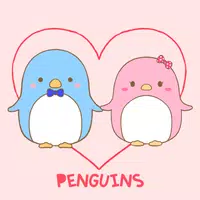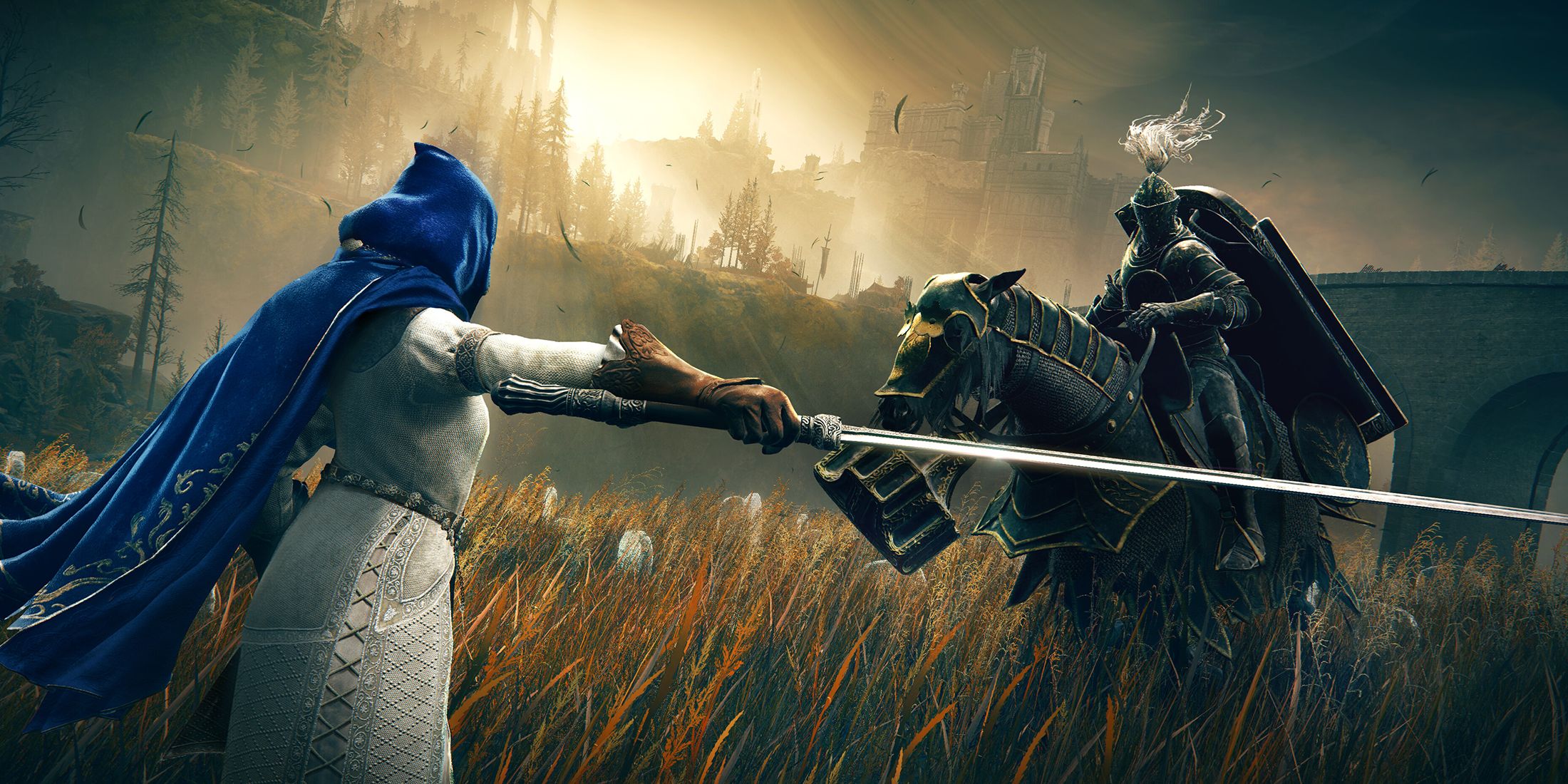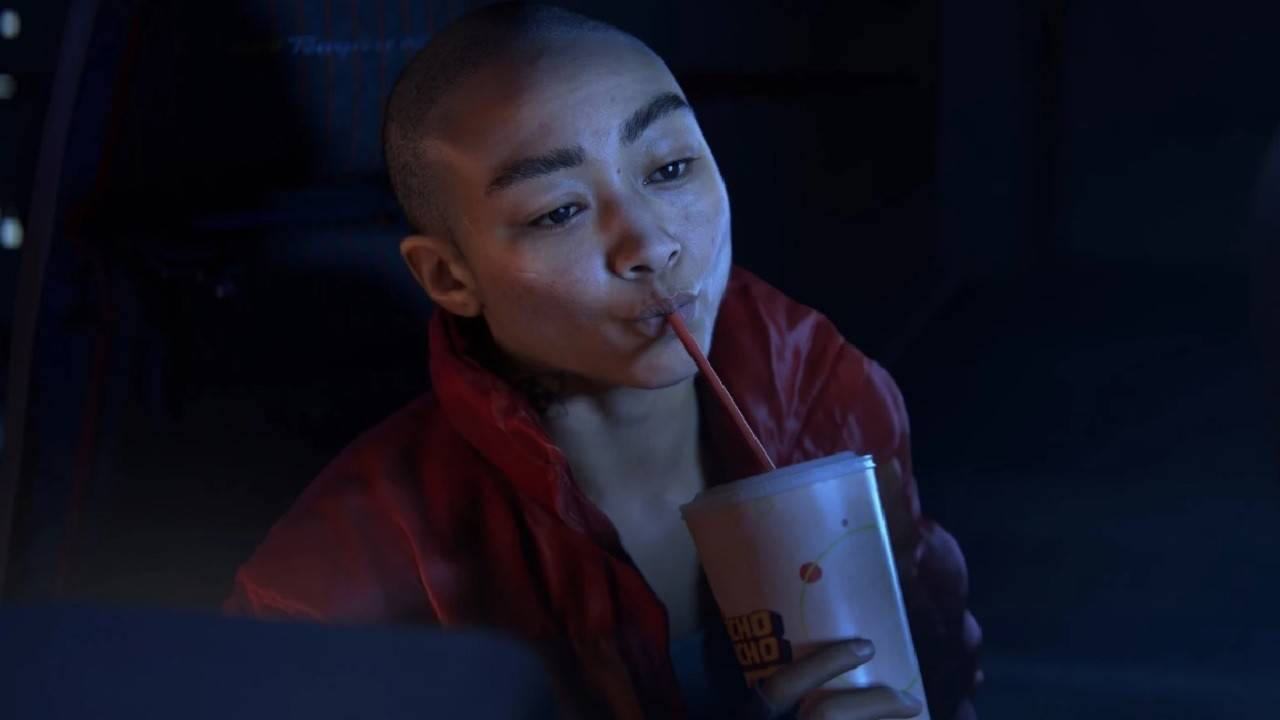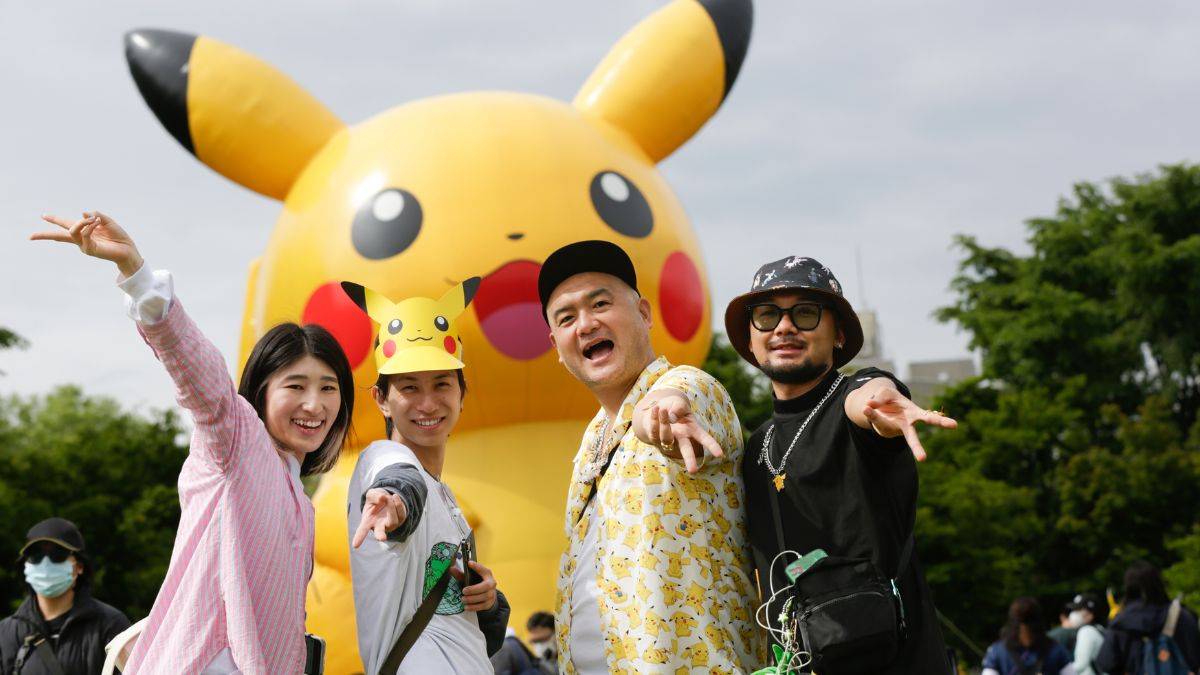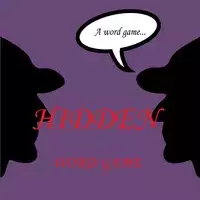Cinderella Turns 75: Iconic Tale Rescues Disney
Just as Cinderella’s dream was set to expire at midnight, The Walt Disney Company found itself on the brink of collapse in 1947, grappling with a $4 million debt following the financial disappointments of Pinocchio, Fantasia, and Bambi, exacerbated by World War II and other challenges. However, it was this beloved princess and her iconic glass slippers that rescued Disney from an untimely end to its animation legacy.
As Cinderella celebrates its 75th anniversary of its wide release on March 4, we've connected with several Disney team members who continue to be inspired by this timeless tale of transformation from rags to riches. This story not only parallels Walt Disney's own journey but also provided a beacon of hope for the company and a world in the process of rebuilding and seeking inspiration.
The Right Film at the Right Time --------------------------------To understand the significance of Cinderella, we must revisit Disney's earlier triumph with Snow White and the Seven Dwarfs in 1937. This film's unprecedented success, holding the title of the highest-grossing film until Gone with the Wind surpassed it two years later, enabled Disney to establish its Burbank studio, still its headquarters today, and to embark on a path that included more feature-length animated films.
Disney's next venture after Snow White, Pinocchio, released in 1940, had a budget of $2.6 million—about a million more than Snow White—but it ended up losing approximately $1 million, despite its critical acclaim and winning Academy Awards for Best Original Score and Best Original Song. This was not an isolated incident, as Fantasia and Bambi also underperformed, adding to the studio's debt. The primary reason for this downturn was the outbreak of World War II, following Germany's invasion of Poland in September 1939.
“Disney's European markets vanished during the war, preventing films like Pinocchio and Bambi from being shown there, leading to poor performance,” Eric Goldberg, co-director of Pocahontas and lead animator on Aladdin’s Genie, explained. “The studio was then repurposed by the U.S. government to produce training and propaganda films for the Army and Navy. Throughout the 1940s, Disney resorted to making 'Package Films' like Make Mine Music, Fun and Fancy Free, and Melody Time. These were excellent projects, but lacked a cohesive narrative from start to finish.”
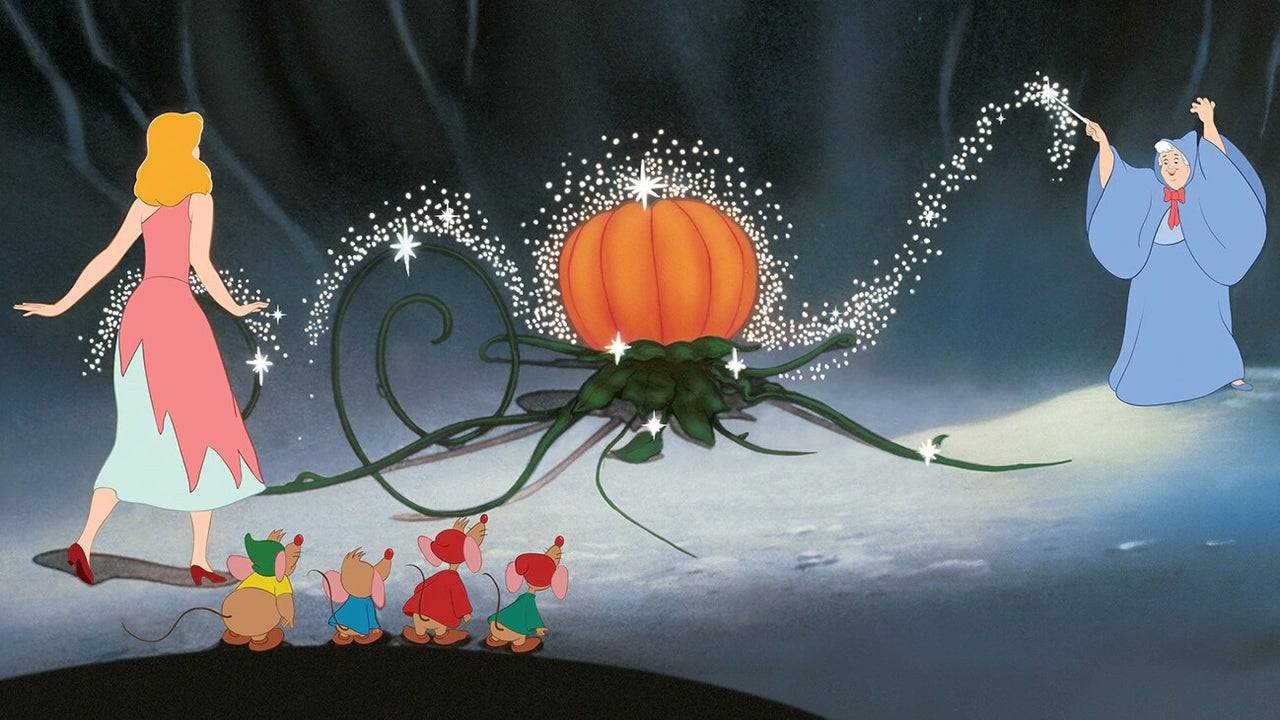
For those unfamiliar, Package Films were compilations of short cartoons assembled into feature films. Disney produced six of these between Bambi in 1942 and Cinderella in 1950, including Saludos Amigos and The Three Caballeros, which were part of the U.S.'s Good Neighbor Policy to counter Nazism in South America. While these films covered their costs and Fun and Fancy Free reduced the studio's debt from $4.2 million to $3 million by 1947, they hindered the production of true feature-length animated stories.
“I wanted to return to feature films,” Walt Disney stated in 1956, as noted in The Animated Man: A Life of Walt Disney by Michael Barrier. “However, it required substantial investment and time. Creating a quality animated feature demands a lot of both. My brother [Disney CEO Roy O. Disney] and I had a heated discussion... It was a significant upset for me... I said we must move forward, re-enter the business, or consider liquidation or selling out.”
Faced with the prospect of selling his Disney shares and retiring, Walt and Roy chose the riskier route, betting everything on their first major animated feature since Bambi in 1942. Failure could have spelled the end for Disney's animation studio.
"I think the world needed the idea that we can rise from the ashes and witness something beautiful," remarked Tori Cranner, Art Collections Manager at Walt Disney Animation Research Library. "Pinocchio is a stunning film, but it's not joyful like Cinderella. After the war, America craved hope and joy, and Walt recognized this. Cinderella was the perfect choice for that moment in time."
Cinderella and Disney’s Rags to Riches Tale
Walt's connection to Cinderella dates back to 1922 when he produced a Cinderella short at Laugh-O-Gram Studios, the precursor to Disney, founded just two years earlier with Roy. The short and subsequent feature film drew inspiration from Charles Perrault’s 1697 rendition of the tale, possibly first narrated between 7 BC and AD 23 by the Greek geographer Strabo. This classic narrative of good versus evil, true love, and dream fulfillment profoundly influenced Walt.
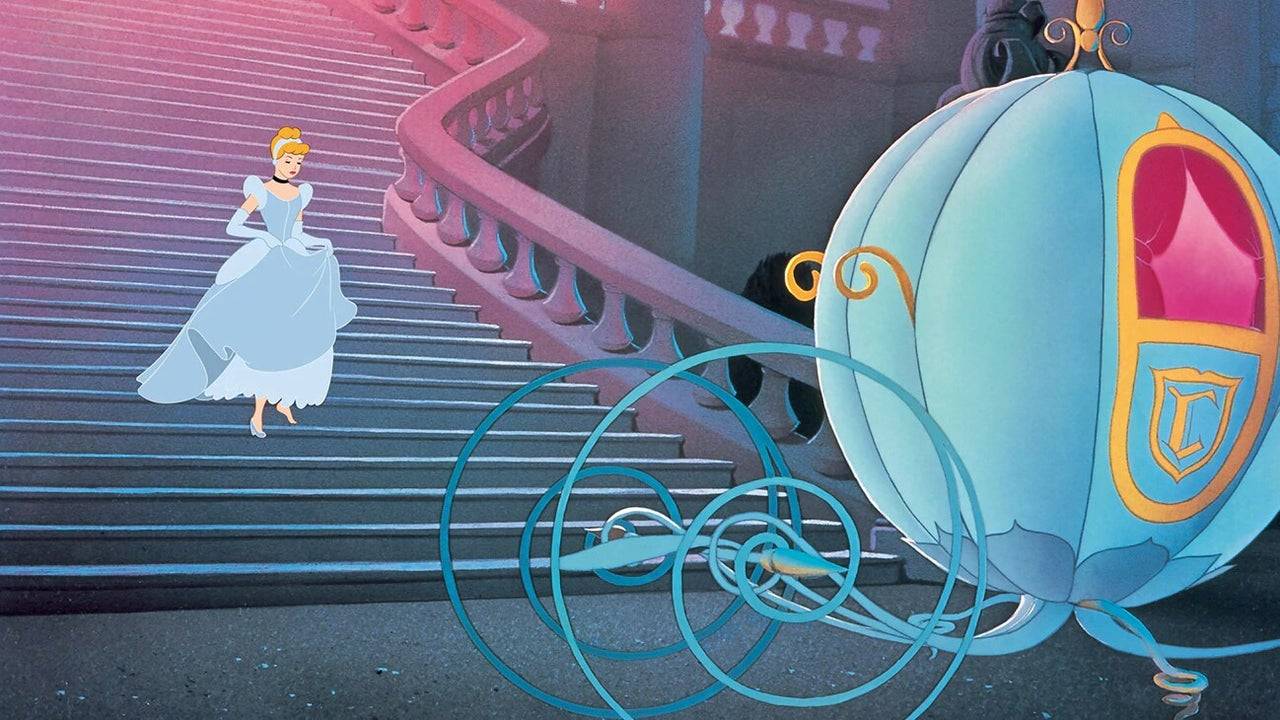
“Snow White was a kind and simple girl who believed in wishing and waiting for her Prince Charming,” Walt Disney explained in footage from Disney’s Cinderella: The Making of a Masterpiece special DVD feature. “Cinderella, on the other hand, was more pragmatic. She believed in dreams but also in taking action. When Prince Charming didn't appear, she took the initiative to go to the palace and find him.”
Cinderella's strength and resilience, despite mistreatment by her Evil Stepmother and Stepsisters after losing her parents, resonated deeply with Walt. His own journey from humble beginnings, marked by numerous failures and challenges, was fueled by an unwavering dream and work ethic.
Walt's early fascination with Cinderella persisted through Disney's formative years, culminating in a 1933 attempt to revive it as a Silly Symphony short. However, the project's scope expanded, leading to a decision in 1938 to develop it into a feature film. Despite delays due to the war and other issues, this extended period allowed the film to evolve into the beloved classic we celebrate today.
Cinderella's success can be attributed to Disney's ability to enhance these timeless tales with his unique touch, infusing them with his taste, entertainment sensibility, heart, and passion. This approach made the characters and their stories more relatable and enduring, as Eric Goldberg noted: “Disney transformed these fairytales, making them universally appealing and enjoyable, modernizing them to withstand the test of time.”
Cinderella's animal friends, including Jaq, Gus, and the birds, added comic relief and depth to her character, allowing audiences to connect with her on a deeper level. The Fairy Godmother, reimagined by animator Milt Kahl as a bumbling, grandmotherly figure, became more relatable and endearing, culminating in the iconic transformation scene—a testament to the magic of Disney animation, particularly the dress transformation, which Walt considered his favorite.
Thanks so much for all your questions about Cinderella! Before we sign off, enjoy this pencil test footage of original animation drawings of the transformation scene, animated by Marc Davis and George Rowley. Thanks for joining us! #AskDisneyAnimation pic.twitter.com/2LquCBHX6F
— Disney Animation (@DisneyAnimation) February 15, 2020
“Every sparkle was hand-drawn and hand-painted on every frame, which is mind-blowing,” Tori Cranner said, smiling broadly. “There’s a subtle moment during the transformation where the magic pauses for a fraction of a second before the dress changes, adding to the scene’s enchantment. It’s that brief moment of holding your breath before the magic unfolds.”
Disney's addition of the breaking glass slipper at the film's end further emphasized Cinderella’s agency and strength, showcasing her as a proactive heroine, as Eric Goldberg pointed out: “Cinderella isn’t a passive character; she's strong and in control, evident when she presents the other slipper she’d been holding onto after the first one breaks.”
Cinderella premiered in Boston on February 15, 1950, and had its wide release on March 4 of that year. It was an immediate success, grossing $7 million on a $2.2 million budget, becoming the sixth-highest grossing film of 1950 and earning three Academy Award nominations.
“When Cinderella was released, critics hailed it as a return to form for Walt Disney,” Goldberg recalled. “It was a huge success because he was back to making narrative features like Snow White, which audiences adored. The studio regained its confidence, leading to subsequent classics like Peter Pan, Lady and the Tramp, Sleeping Beauty, 101 Dalmatians, and The Jungle Book, all thanks to Cinderella.”
75 Years Later, Cinderella’s Magic Lives On
Seventy-five years on, Cinderella's magic continues to enchant and inspire. Her influence is evident in the iconic castles at Walt Disney World and Tokyo Disneyland, as well as in the opening sequences of Disney films, inspired by her tale and that of Sleeping Beauty.
Her legacy is also apparent in modern Disney classics, such as the dress transformation scene in Frozen, as Becky Bresee, lead animator on Frozen 2 and Wish, shared: “When animating Elsa’s dress transformation, co-director Jennifer Lee wanted a direct nod to Cinderella. The sparkles and effects surrounding Elsa’s dress pay homage to Cinderella's enduring impact.”
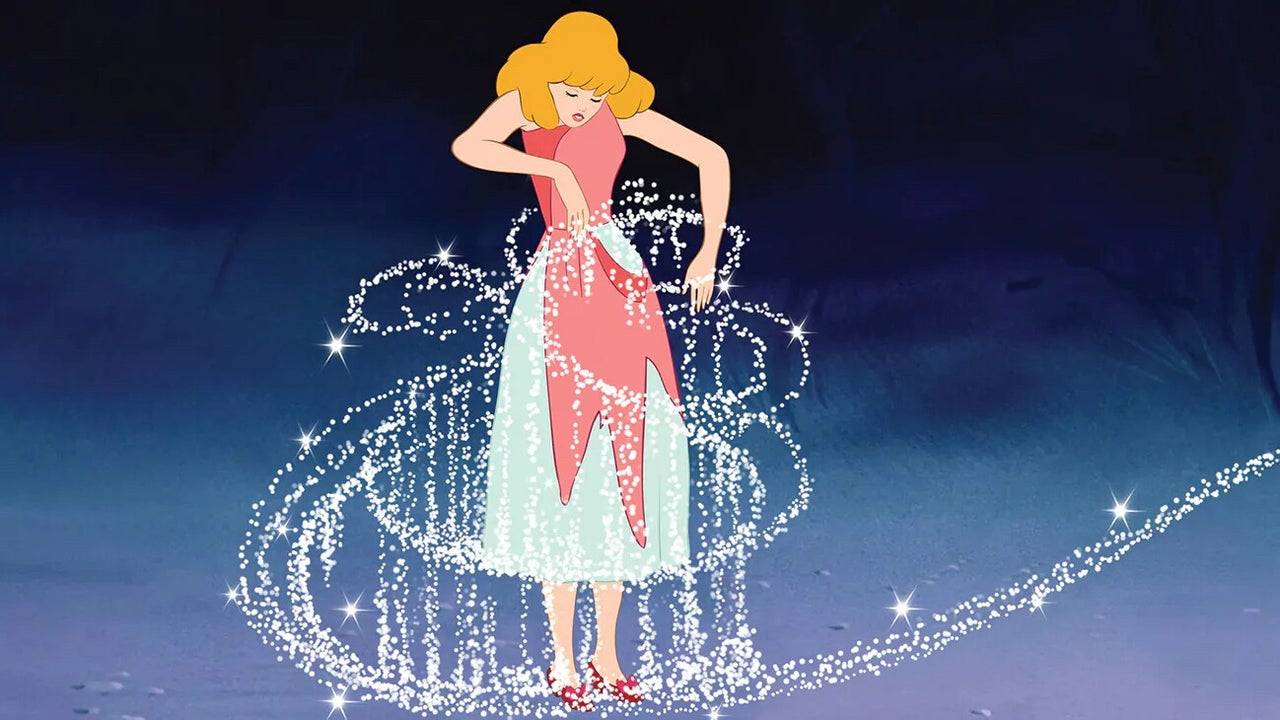
There are numerous other contributors to Cinderella's success worth mentioning, including the Nine Old Men who brought life to its characters and Mary Blair whose artwork defined its distinctive style. However, Eric Goldberg's reflection encapsulates why Cinderella was the right film at the right time for Disney:
“The essence of Cinderella is hope,” Goldberg concluded. “It instills the belief that perseverance and strength can lead to the realization of dreams, regardless of the era. That's its most powerful message.”
- 1 STARSEED Update: Codes for January 2025 Released Feb 25,2025
- 2 Pokémon TCG Pocket: Wonder Pick Date, Time, and Promo Cards – February 2025 Mar 03,2025
- 3 How to Get All Ability Outfits in Infinity Nikki Feb 28,2025
- 4 Project Zomboid: All Admin Commands Jan 05,2025
- 5 Black Myth: Wukong Tops Steam Charts Days Before its Launch Jan 07,2025
- 6 Silent Hill f: first big trailer and details Mar 22,2025
- 7 Call of Duty Announces Black Ops 6 Updates Feb 08,2025
- 8 Ukrainian Internet Stalled as 'S.T.A.L.K.E.R. 2' Release Overwhelms Dec 30,2024
-
Budgeting & Investing: Your Guide to Financial Apps
A total of 9
-
Addictive Hypercasual Games for Quick Play
A total of 10
-
Best Role Playing Games for Android
A total of 10







